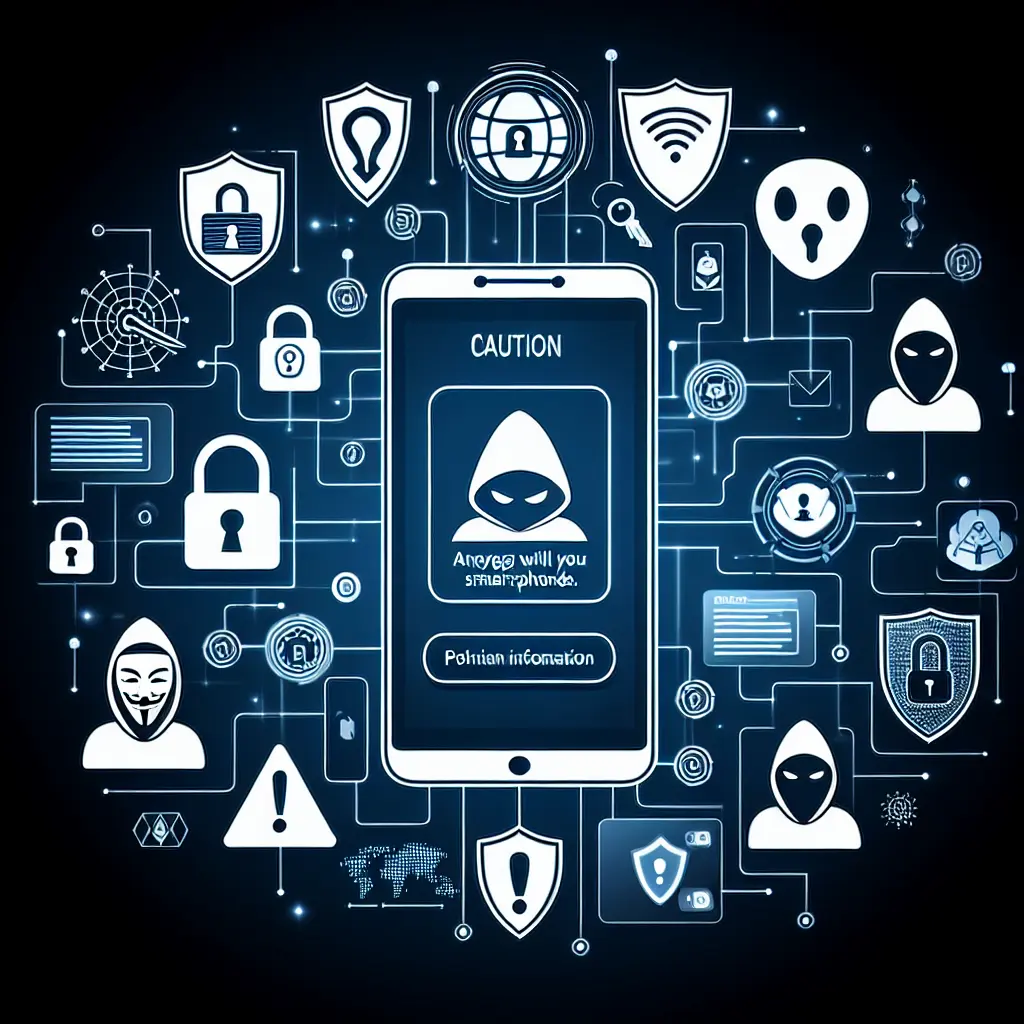iPhone users beware: A new iMessage phishing scam is on the rise, and it's more deceptive than ever.
In the ever-evolving landscape of cybersecurity threats, a new iMessage phishing scam has emerged, targeting iPhone users with alarming precision. These scams are becoming increasingly sophisticated, exploiting the trust users place in iMessage and impersonating reputable services such as USPS, UPS, and FedEx to steal sensitive personal information.
What is Phishing?
Phishing is a type of cyber attack where scammers disguise themselves as trustworthy entities in electronic communications to trick individuals into revealing confidential information. This information can include passwords, credit card numbers, and other personal details. With the ubiquitous nature of iMessage among iPhone users, it's no surprise that scammers have turned their focus to this platform.
How the Scam Works
Understanding the Phishing Scam
Impersonation: The scam begins with an iMessage that appears to come from a well-known delivery service. The message may indicate that there's an issue with a package delivery, prompting urgency and concern.
Deceptive Links: Users are then encouraged to click on a link to resolve the issue. These links lead to websites designed to look identical to the legitimate sites of these delivery services.
Information Theft: Once on the fake site, users are prompted to enter personal information such as account details or payment information. Unbeknownst to them, this data is then harvested by the scammers.
How to Protect Yourself
Protection Against Phishing Scams
Verify Sources: Always double-check the sender's details before clicking on any links. Official messages from legitimate services will not ask for sensitive information through insecure channels.
Look for Red Flags: Be wary of messages that create a sense of urgency or panic. Phishing scams often use these tactics to prompt hasty decisions.
Enable Security Features: Make use of Apple's built-in security features, such as two-factor authentication and regularly updating your device's software.
Educate Yourself: Stay informed about the latest phishing scams and cybersecurity practices. Knowledge is one of your best defenses against cyber threats.
For more detailed information on this recent scam, you can visit Geeky Gadgets.
Staying Safe Online
As cyber threats continue to evolve, so must our vigilance in protecting personal information. Scammers are becoming increasingly adept at exploiting our digital lives, but by staying informed and cautious, we can thwart their attempts. Remember, cybersecurity starts with awareness and proactive measures.










Leave a Comment